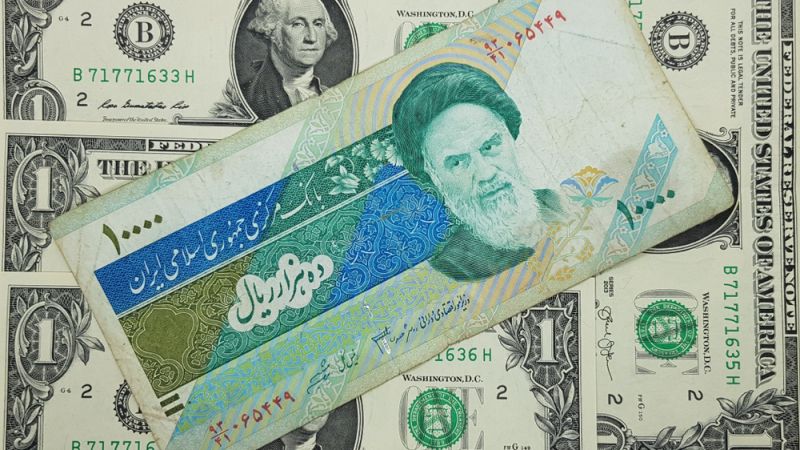The Iranian currency has plummeted to a record low after the reimposition of United Nations sanctions against Tehran, according to currency-tracking websites.
On Sunday, the rial traded at around 1.12 million against the US dollar on the informal market, AFP reported, citing figures from the Bonbast and AlanChand platforms. The sharp decline underscores mounting pressure on Iran’s already fragile economy as international restrictions tighten once again.
The renewed measures come after the European Union and several Western allies announced they would reimpose sanctions, citing Iran’s nuclear activities and failure to cooperate with international oversight. The decision marks the latest escalation in a long-running dispute over Tehran’s nuclear ambitions, and it revives penalties that had been lifted under a landmark international deal in 2015.
In response, Iran strongly condemned the move, labelling it a “snapback” of sanctions that Tehran argues is both illegal and unjustified. “The reactivation of annulled resolutions is legally baseless and unjustifiable,” Iran’s foreign ministry said in a statement on Sunday. “All countries must refrain from recognising this illegal situation.”
Officials in Tehran have pledged to resist what they describe as politically motivated actions designed to weaken the country’s economy. “The Islamic Republic of Iran will firmly defend its national rights and interests, and any action aimed at undermining the rights and interests of its people will face a firm and appropriate response,” the ministry added.
The sanctions target a broad range of Iranian industries, from banking and energy to shipping and technology. Analysts say the immediate impact is being felt most acutely in the currency markets, where the rial’s fall threatens to drive up inflation, raise the cost of imports and deepen public frustration over economic hardship.
Iran’s currency has long been volatile, suffering repeated blows from political uncertainty, mismanagement, and international isolation. Since the US withdrew from the nuclear accord under former President Donald Trump in 2018 and reinstated unilateral sanctions, the rial has lost much of its value. Sunday’s plunge represents the steepest decline since that period.
The Joint Comprehensive Plan of Action (JCPOA), signed in 2015 between Iran, the United States, the European Union and other world powers, had initially offered Tehran relief from international sanctions in exchange for limits on its nuclear programme. The agreement was designed to ensure that Iran’s nuclear activities would remain peaceful.
However, the collapse of US participation and subsequent disputes over compliance have left the deal in limbo. Efforts to revive it under President Joe Biden stalled after rounds of talks failed to produce a breakthrough. With sanctions now reimposed by European states and Tehran vowing retaliation, prospects for any diplomatic resolution appear increasingly remote.
For ordinary Iranians, the consequences are immediate and tangible. A weakening rial means rising prices for imported goods, shrinking purchasing power, and heightened economic uncertainty. Reports from Tehran suggest that demand for US dollars and other stable currencies surged in recent days as households and businesses sought protection against further depreciation.
While Iranian officials continue to denounce the sanctions as unlawful, economists warn that the rial’s decline may be only the beginning of deeper financial instability if no political compromise is reached.

